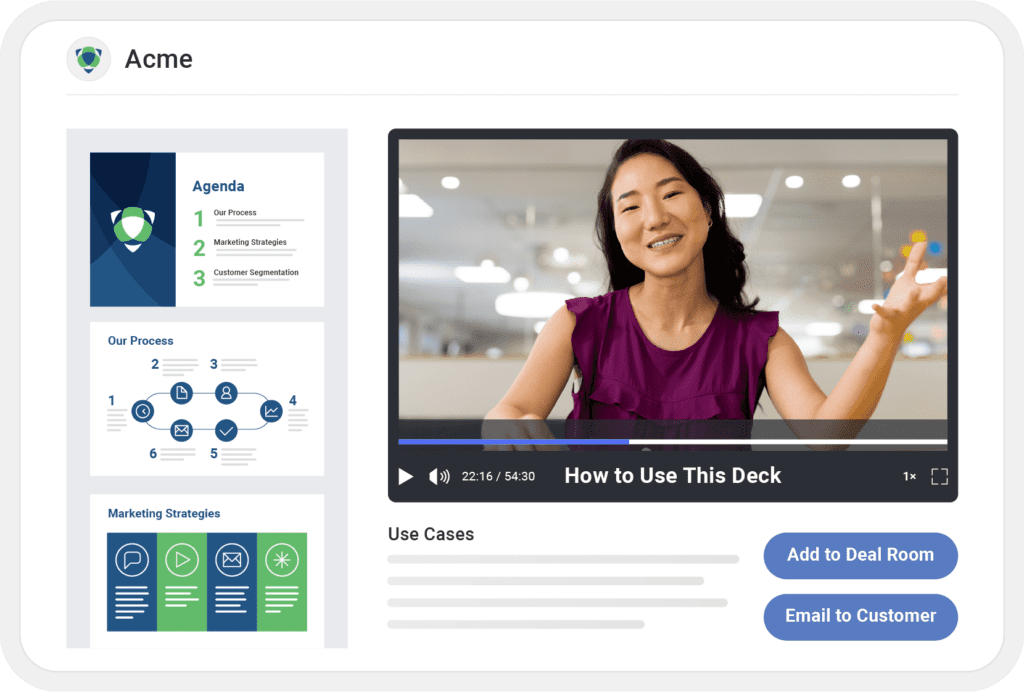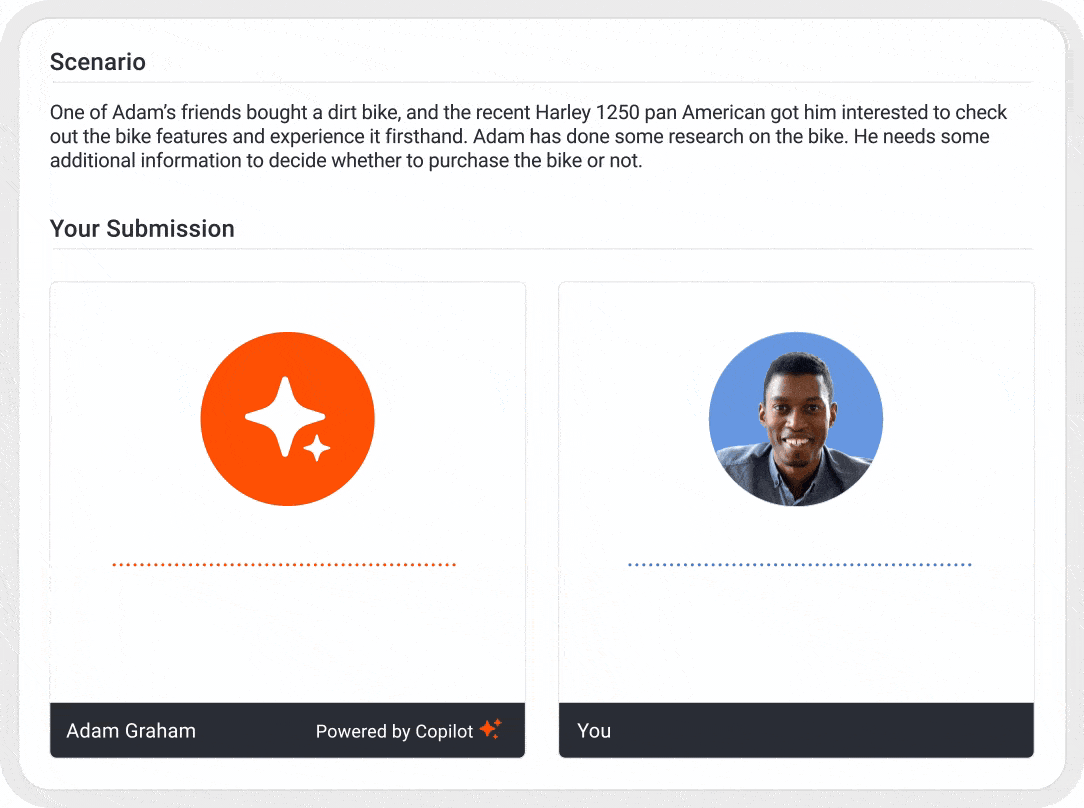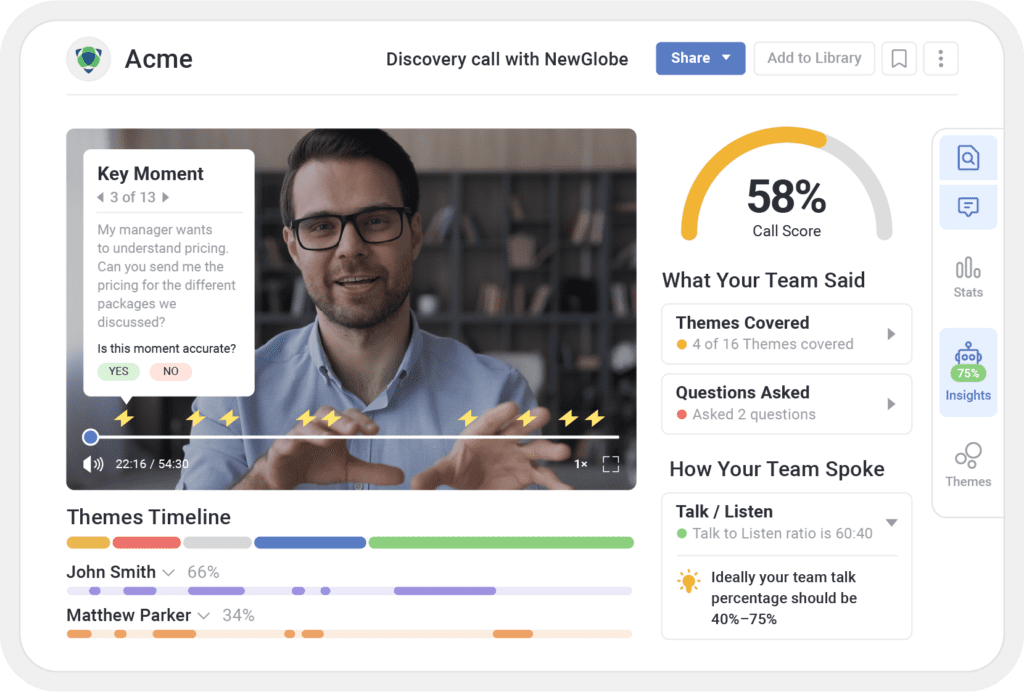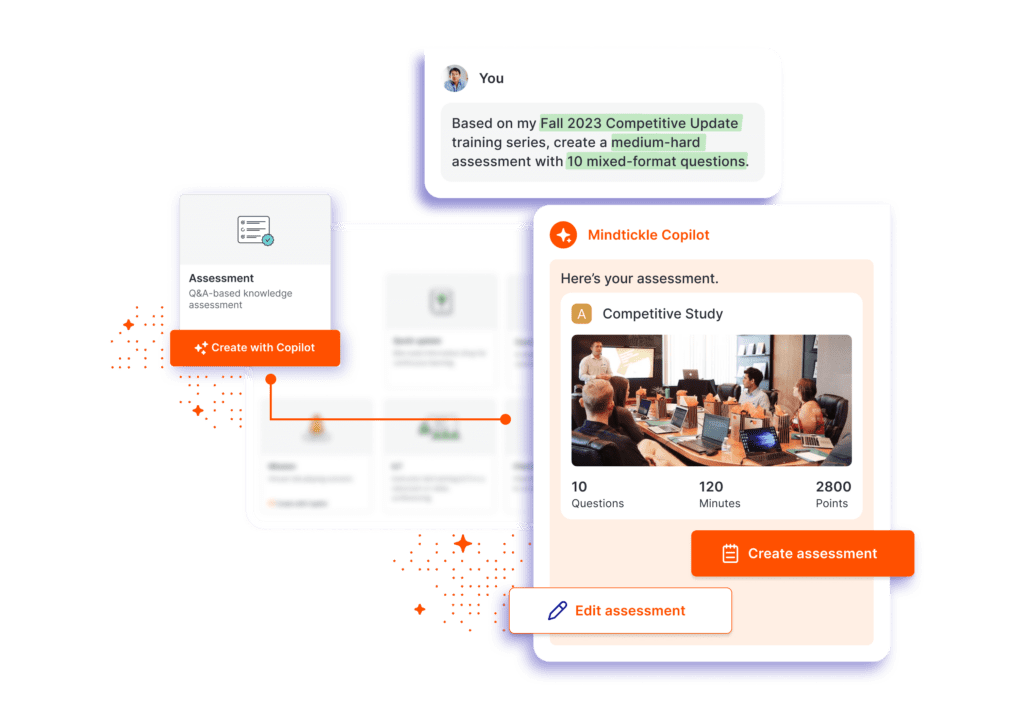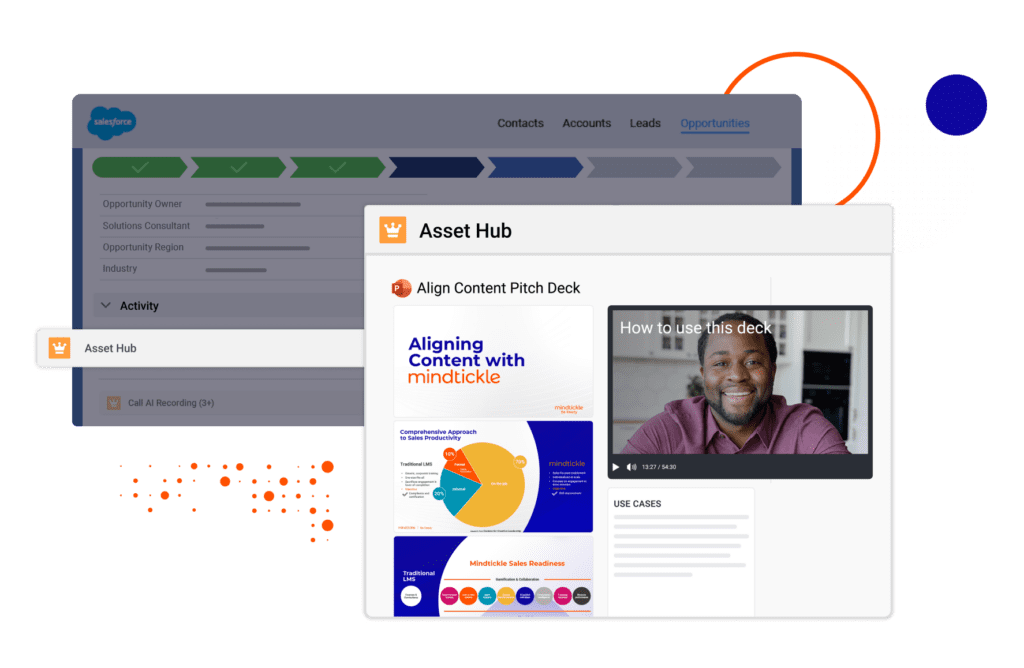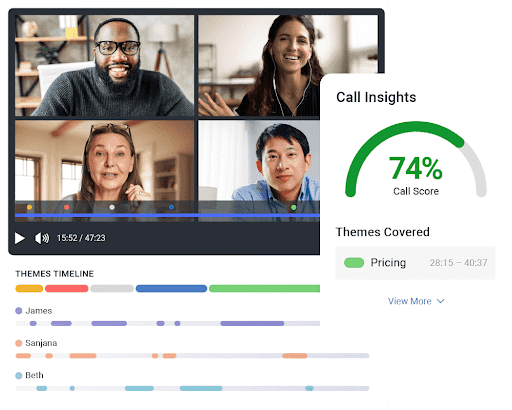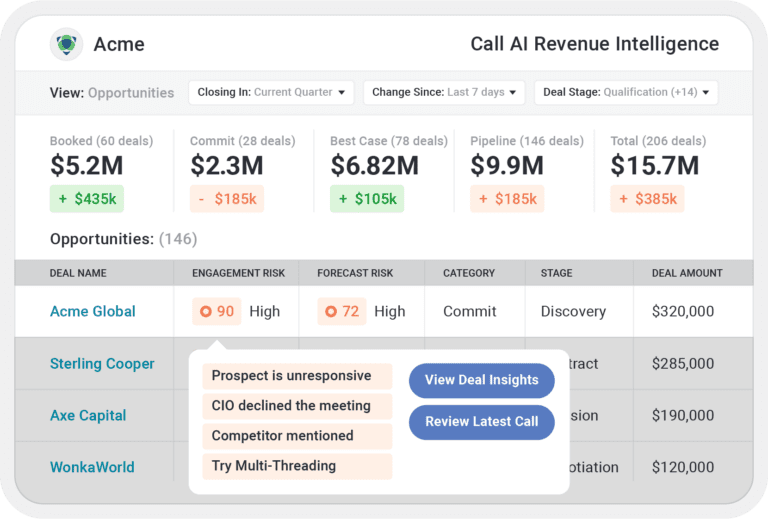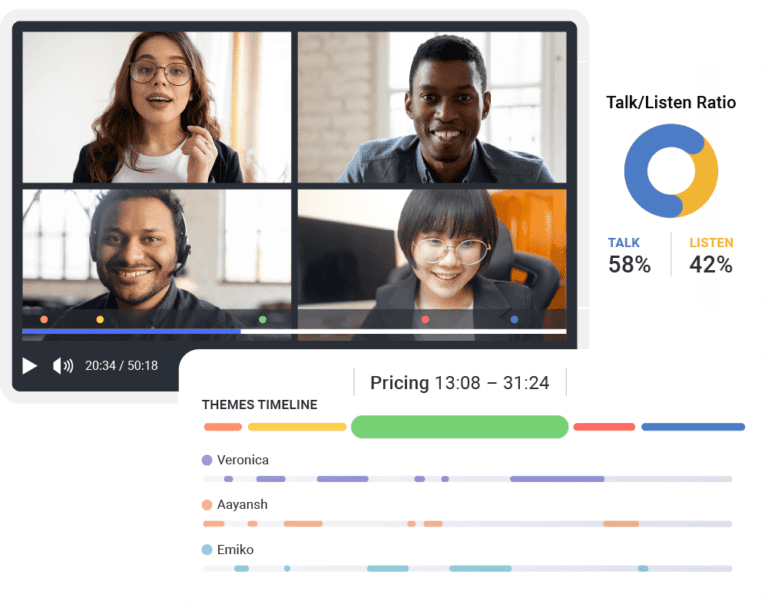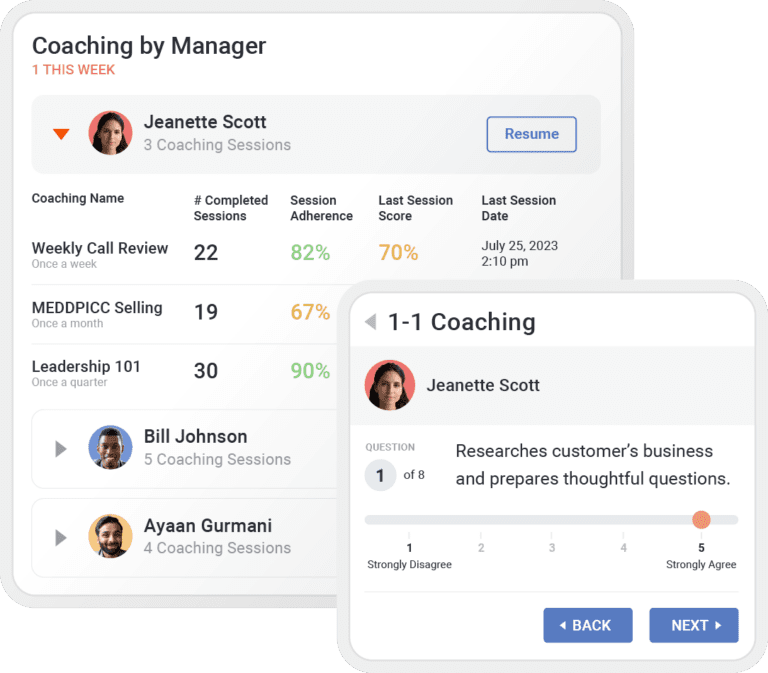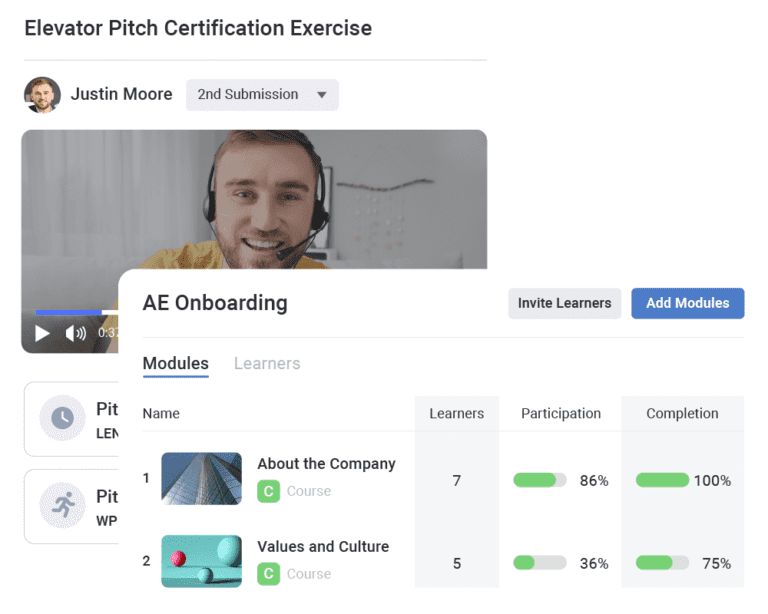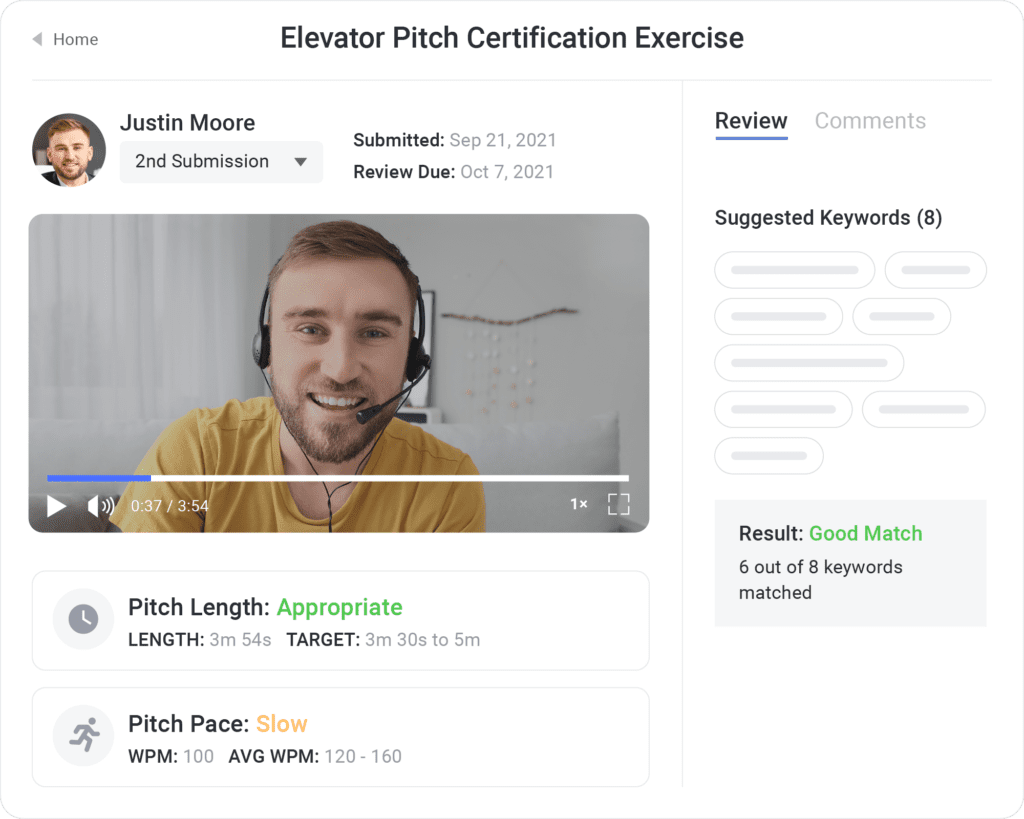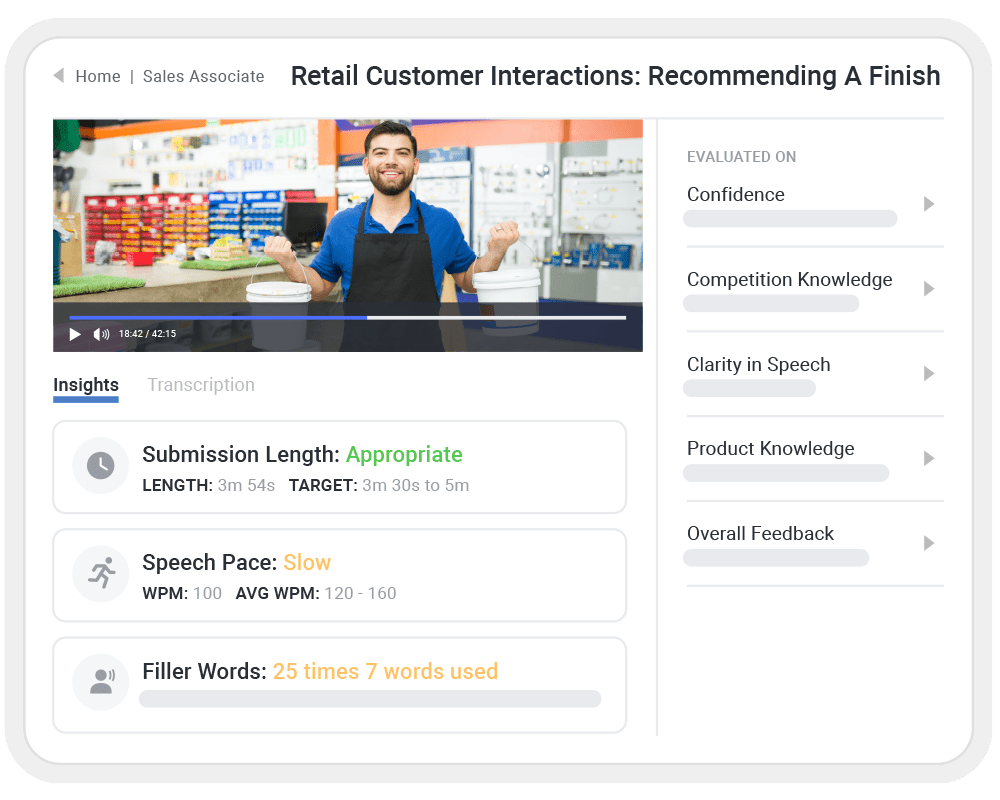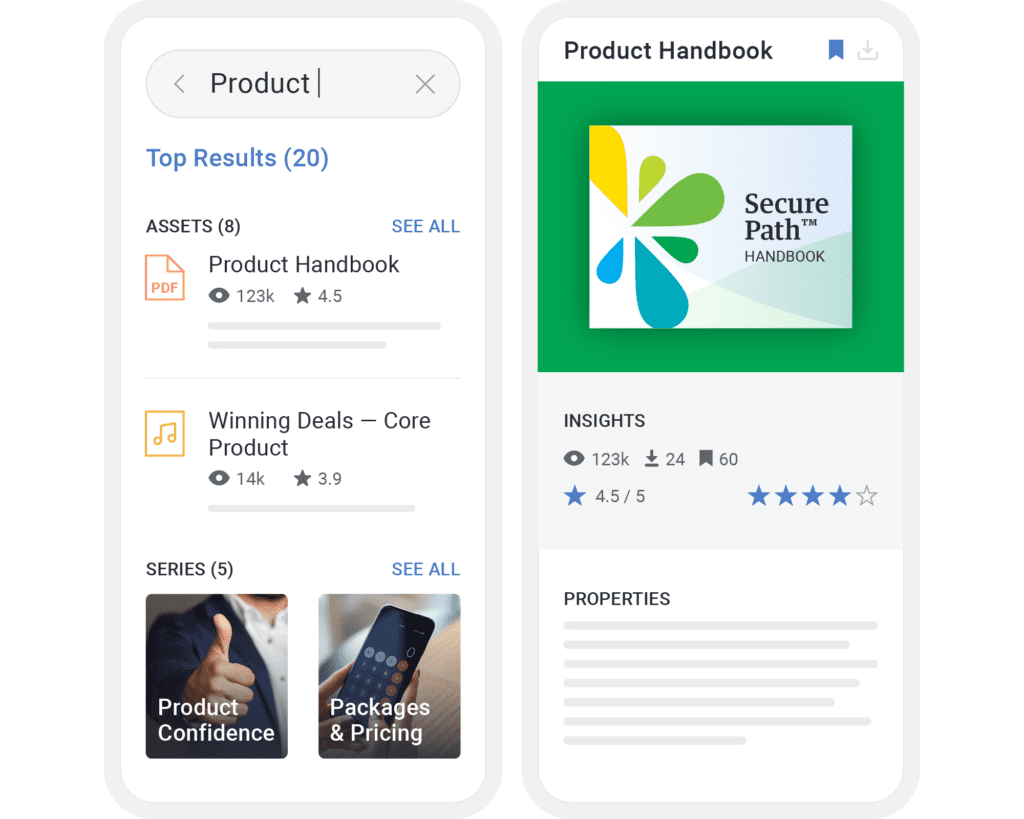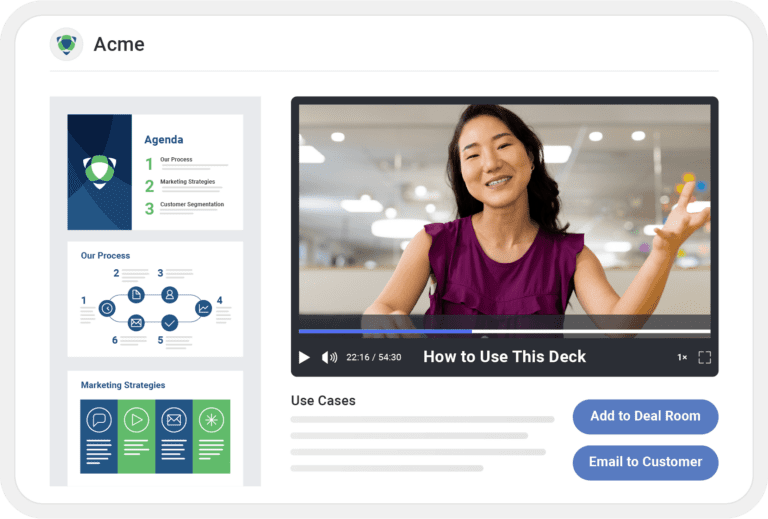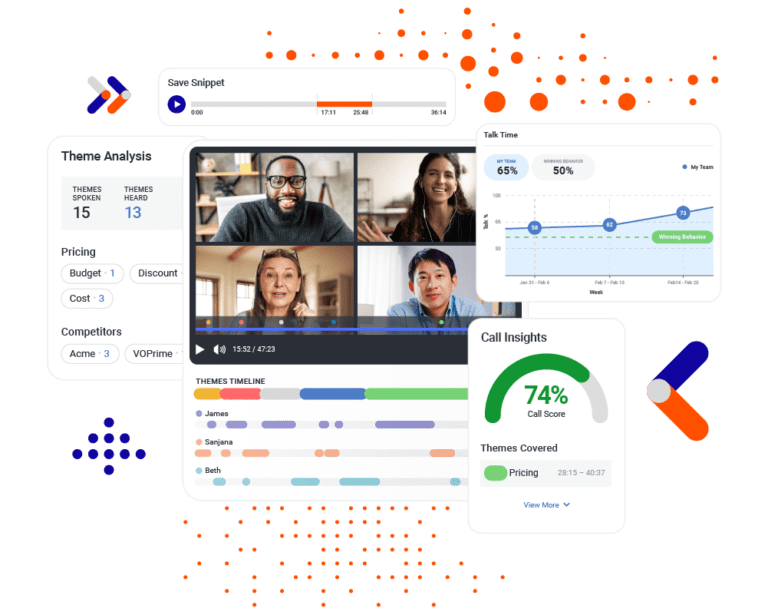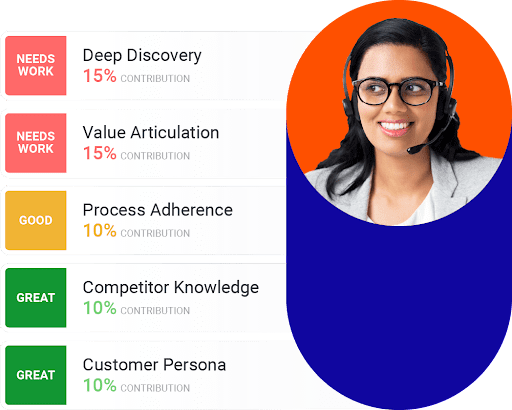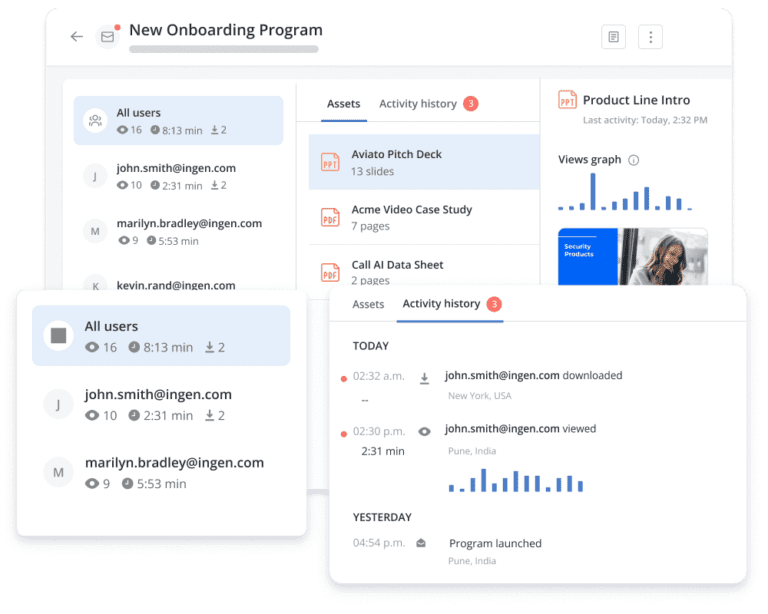Why You Need a Buyer Enablement Strategy (and How to Build One That Works)
![]() Kevin Atkinson
on
September 23, 2024
Kevin Atkinson
on
September 23, 2024
The B2B purchase journey isn’t linear. Instead, it’s complicated – and often filled with unexpected twists and turns.
This often results in frustration among B2B buyers. A staggering 77% of B2B buyers indicate their last purchase was very complex or difficult.
B2B teams must do all they can to help buyers make confident purchase decisions. A solid buyer enablement strategy is a must.
But what is buyer enablement?
In this post, we’ll explore everything you need to know about this important (but often overlooked) practice. We’ll explore:
- What buyer enablement is
- Why it’s important
- How buyer enablement differs from sales enablement
- How to build a winning buyer enablement strategy
- Best practices for more effectively engaging with B2B buyers
What is buyer enablement?
First things first, what is buyer enablement?
Buyer enablement provides B2B buyers with the tools, information, and support they need to successfully navigate the buying journey and make confident purchase decisions.
B2B buyers must complete a variety of tasks throughout the purchase journey, including (but not limited to):
- Pinpointing the problem
- Identifying potential solutions
- Gathering requirements
- Engaging with potential vendors
- Gaining consensus across the entire buying team
A strong buyer enablement strategy helps ensure buyers can more easily complete these tasks. By removing friction from the purchase journey, you increase the likelihood that buyers will choose your business.
Of course, not everyone navigates the purchase journey the same way. Generally speaking, there are four main types of B2B buyers:
- Amiable buyers
- Analytical buyers
- Expressive buyers
- Driver buyers
Effective buyer enablement takes a personalized approach that resonates with each type of B2B buyer.
Why is buyer enablement important for B2B businesses?
Making a B2B purchase might seem simple enough. But more often than not, that’s not the case. As mentioned earlier, over three-quarters of B2B buyers feel their most recent purchase was extremely complex or difficult (or both!).
There are a lot of factors that contribute to the complexity of B2B sales.
The first is the size of buying committees. According to Gartner, a typical buying group involves six to 10 stakeholders. Each of these stakeholders has different wants and needs, and they each look at a B2B purchase from a different perspective.
A typical buying group involves up to
Another key factor is the sheer volume of information buyers have.
The easy availability of information is a good thing in some ways. Modern buyers are in the driver’s seat and can learn much about vendors before contacting a salesperson. They can even get feedback from their peers by reading reviews.
However, according to Gartner, every buying committee member consults four to five sources of information. When you multiply that across a large buying team, things get complicated fast.
Businesses that stand out will make it easy for buyers to navigate the purchase journey – and the firehose of information. That’s what buyer enablement is all about.
With buyer enablement, your buyers are equipped to make informed purchase decisions. This will help you grow sales and increase customer retention.
Cross-functional collaboration is key to buyer enablement
Various teams contribute to a buyer’s experience with a business. For example, marketing teams are responsible for developing content buyers will consume before contacting a sales rep. On the other hand, sales reps are responsible for providing personalized experiences and solutions.
As such, buyer enablement must be a cross-functional effort.
B2B buyers demand seamless experiences throughout the purchase journey. Per Salesforce, 79% of respondents expect consistent interactions across departments.
A business’s ability to deliver connected experiences throughout the purchase journey greatly impacts sales outcomes. According to Gartner, Buyers are 2.8 times more likely to complete a high-quality deal when they perceive high information consistency between a supplier’s website and that supplier’s representatives. On the flip side, 72% of B2B buyers will actively look for another vendor if a business doesn’t deliver consistent experiences across channels.
Seamless, connected experiences throughout the purchase journey can only happen with strong cross-functional collaboration.
How to create a buyer enablement strategy
With proper buyer enablement, your prospects can make confident purchase decisions – faster and easier. That means you’ll close more deals with good-fit buyers that’ll stick around long-term.
How can you develop an effective buyer enablement strategy? There are a few steps you must take.
Align teams
Buyers must be properly supported throughout the entire purchase journey, whether they’re doing their own research or engaging with a sales rep. As we explored earlier, this requires close collaboration among teams, including sales, marketing, and customer success.
Be sure your teams are aware of your buyer enablement goals and the role they plan in achieving them. Close collaboration will improve outcomes.
Define your target audience
Buyer enablement is all about making it easier for your prospects to make confident purchases. Your buyer enablement strategy must be centered around your buyers’ needs. As such, it’s important to define who those buyers are.
If you haven’t already, be sure to develop ideal buyer profiles, which lay out the characteristics of a business that fits your products and services well. You should also create buyer personas, which define the characteristics of the folks you’re aiming to engage with at those companies.
In addition, be sure to factor in the different types of buyers you’re likely to encounter, including amiable, analytical, expressive, and driver buyers.
Map the buyer journey
Lay out the journey your prospects take on their way to becoming buyers. This shouldn’t be based on guesses or gut feelings. Instead, leverage data and talk to your sales reps and existing customers.
Understanding buyers’ different tasks when navigating the purchase journey is important. You’ll also want to identify the common hurdles they face.
Develop buyer enablement tools
Once you’ve identified your buyers’ challenges, you can develop tools to help them overcome them.
What types of buyer enablement tools should you create? It depends on the needs of your buyers. Here are a few buyer enablement examples you may want to explore:
These can help buyers pinpoint their biggest challenges.
Interactive calculators can help buyers understand the cost of their challenges – and the ROI of investing in the right solution.
Different types of sales content will resonate with buyers at different stages of the purchase journey.
These can help buyers understand firsthand how your solution will help them solve their problems.
These portals provide buyers with a one-stop shop for accessing all buyer enablement content and communication related to a deal.
A growing portion of B2B buyers prefer to navigate the purchase journey on their own. A self-service portal makes this possible.
Reviews enable buyers to get authentic feedback from their peers.
Measure and optimize your buyer enablement strategy
Once you’ve developed and launched your buyer enablement strategy, it’s important to consistently measure impact. With regular measurement, you can understand how (and whether) your efforts positively impact buyers’ experiences – and where opportunities exist to provide more support.
Sales enablement vs buyer enablement: What’s the difference?
Today, 84% of C-suite executives invest in a sales enablement team. So chances are, you’re quite familiar with the concept of sales enablement.
Buyer enablement and sales enablement share a common word. But while buyer enablement and sales enablement are related, they’re not the same thing.
Sales enablement and buyer enablement both aim to grow revenue, but the two practices approach this from different angles.
Sales enablement is focused on equipping sellers with the training, information, and tools they need to engage buyers and close deals. In other words, it’s all about supporting sellers. When sellers have the right support, they can more effectively and efficiently engage buyers and move deals across the finish line.
Buyer enablement, on the other hand, is all about supporting buyers. Buyer enablement aims to provide prospects with tools and information so they can make confident purchase decisions.
When it comes to the question of sales enablement vs buyer enablement, which is the better option? The reality is that you need both. By equipping sellers and buyers with the right tools and information, you’ll close more deals, and your revenue will grow.
| Sales enablement | Buyer enablement | |
|---|---|---|
| Definition | The practice of equipping sellers with the training, tools, and resources they need to engage buyers and close deals. | The practice of providing customers with the tools and information they need to more easily navigate the purchase journey and make informed purchase decisions. |
| Examples of tools and support |
|
|
| Audience | B2B sellers | B2B buyers |
| Responsible parties | Sales enablement team, in close collaboration with other teams including sales and marketing. | Cross-functional effort involving parties including sales, marketing, customer success, and sales enablement, among others. |
| KPIs |
|
|
Best practices for engaging B2B buyers
The B2B purchase journey is complex. Buying committees are large, and each member has a different agenda.
Organizations must be strategic when aiming to attract and engage B2B buyers. Here are a few best practices to keep in mind.
Center the customer’s needs
Your customers should be your north star. Everything you do should be centered around their needs.
While this seems obvious, the data tells a different story. A recent survey found that 78% of B2B buyers expect companies to adapt to their changing needs and preferences. But about half feel that most companies treat them like numbers.
Provide your sellers with the right training and coaching to hone their discovery skills. For example, be sure they know what questions to ask to quickly uncover customers’ needs. Then, they can adapt their approach accordingly.
In addition, consider leveraging conversation intelligence tools. These tools record and analyze sales calls, using AI to help sellers quickly uncover insights. For example, a seller can ask, “What pain points did my buyer mention in the call?” Then, sales reps can use these insights to personalize their follow-up.
Deliver integrated experiences
Today, many B2B buyers navigate at least a portion of the purchase journey independently. In fact, 75% of B2B buyers prefer a rep-free sales experience. A self-service portal is a buyer enablement example that can drive engagement among those who prefer to do so.
But it’s important to remember that buyers make better decisions when a sales rep is involved. Gartner research tells us B2B buyers are “1.8 times more likely to complete a high-quality deal when they engage with supplier-provided digital tools in partnership with a sales rep rather than independently.”
Be sure you support buyers, no matter how they engage with you. In addition, be sure the experiences you offer are consistent across channels.
Deliver the right content at the right time
Content is a powerful buyer enablement example that prospects depend on to make informed purchase decisions. In fact, over half of B2B buyers rely on content more now than they did a year ago.
But sharing generic buyer enablement content will not work. Instead, organizations must get the right content in front of the right buyers at the right time.
The right sales content management system enables sellers to surface the right content at the right time. For example, SaaScend, a revenue operations consultancy, centralizes all its sales content in Mindtickle. The company leverages filters based on factors like persona, industry, and firmographics, which help sellers quickly find and share content tailored to each prospect’s needs.
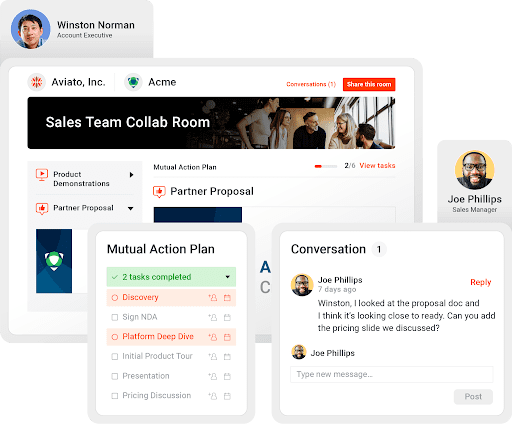

Also, some sales content management systems incorporate artificial intelligence, which suggests content based on buyer signals and data on what has (and hasn’t) worked in the past.
Provide a single source of truth
Throughout the B2B purchase journey, content and information are often shared via email. That means prospects have to dig through long email threads anytime they’re looking for a specific piece of content or information. This can get overwhelming and lead to disengagement.
Providing a single source of truth for buyers can be a powerful way to boost engagement and accelerate deals. Digital sales rooms are one buyer enablement example. With digital sales rooms, buyers can easily find everything related to the purchase journey – all in one spot.
SaaScend is one company that leverages digital sales rooms to engage buyers. With digital sales rooms, buyers can educate themselves on their own time – without waiting on responses via email and Slack.
As an added bonus, digital sales rooms enable sellers to see how buyers are engaging. Sellers can use these insights to adapt their strategy and increase buyer engagement.
Start engaging more buyers with Mindtickle
The B2B purchase journey is often complicated – and frustrating for buyers. Businesses must make it easier for buyers to make confident purchase decisions. A solid buyer enablement strategy is a must.
Your sellers play a critical role in the customer journey.
Buyer Engagement with Mindtickle
With Mindtickle, your go-to-market teams always have the information, tools, and resources to effectively engage buyers and guide them through the purchase journey.
Request Your Demo


